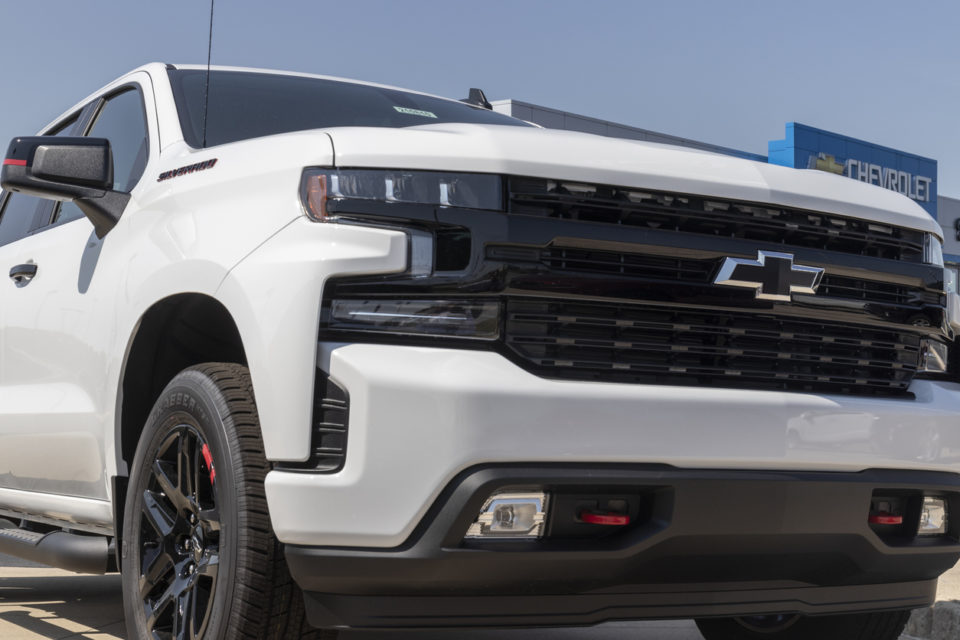
As you research your next new car, take test drives, and contemplate which one works best for you, there’s another question you’re going to have to answer: how are you going to pay for it? You have a variety of financing options, but one part of the equation is whether you should lease or buy your vehicle. As you contemplate leasing vs buying, here’s everything you need to know about the pros and cons of each.
What’s The Difference?
Before we get into some of the pros and cons of each, let’s first go over exactly what they mean. When you purchase a vehicle, you own it. Period. The title is yours and you can do with it what you please. You can put as many miles on it as you’d like and you have equity in it. When you lease, you typically have lower payments, and you don’t have to worry about the hassle of reselling it in the future, but there tend to be mileage limits plus you don’t have the freedom that comes with ownership.
Pros And Cons Of Leasing
The biggest selling point may be the lower monthly payments you’ll be making when you lease. In addition, because your contract will likely be around 36 to 48 months, your car will probably be mostly under warranty during the entirety of your lease. Speaking of lease terms, because of that duration you may tend to get a new car every few years, which is a nice perk. Best of all, at the end of your lease, you can choose to purchase it or turn it in with no worries about finding a buyer. Of course, that’s also a downside, because you get no credit toward your next car. In addition, you’re limited in how many miles you can drive per year plus there can be extra fees.
You might also like: Prepare Your Home For Your Vacation
Pros And Cons Of Buying
As you might expect, the pros and cons of ownership are practically the reverse of leasing. You get control but you pay a higher monthly payment. Ultimately, you may find that the most economical choice for you is ownership over a long period of time.
Disclaimer: The stock image is being used for illustrative purposes only, and it is not a direct representation of the business, recipe, or activity listed. Any person depicted in the stock image is a model.
